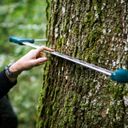
Reach your climate targets by acquiring verified carbon credits
Purchase verified carbon certificates backed by high quality, nature-based projects in Europe.

Certified carbon credits
We offer carbon projects certified by Bureau Veritas, Label Bas Carbone, MoorFutures, EVA wald-klimastandard, and Woodland Carbon Code.
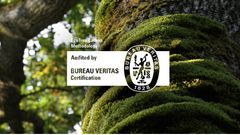
Country: France, Denmark
Project type: project-type-forest
Credit type: credit-type-removal
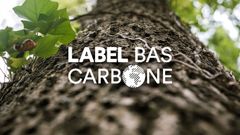
Country: France
Project type: project-type-forest
Credit type: credit-type-removal

Country: Belgium, Germany
Project type: project-type-peatland
Credit type: credit-type-avoidance

Country: Germany
Project type: project-type-forest
Credit type: credit-type-removal
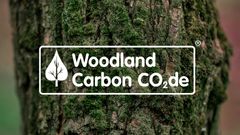
Country: Great Britain
Project type: project-type-forest
Credit type: credit-type-removal
The co-benefits of EcoTree's carbon credits
EcoTree’s mixed-species, continuous-cover forestry method ensures that each carbon credit delivers more than carbon removal.

Climate resilience
Diverse forests are more resistant to pests, diseases and climatic hazards.

Biodiversity
Supports wildlife and strengthens the resilience of ecosystems.
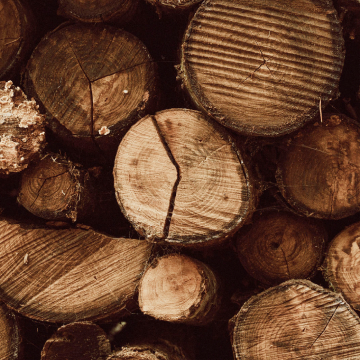
Soil & water improvement
Reduces erosion, improves soil fertility and water retention.
How we work together
How we work together
We qualify your needs
Based on the tonnes of CO2 you wish to mitigate, we ensure that you'll meet your reporting requirements (i.e. CSRD, NetZero or SBTi).We'll identify the right projects for you
Depending on your objectives, we'll recommend certified carbon projects that generate verified credits through sustainable forest management, and that match your geographical location and sustainable development priorities.You will receive a detailed offer
We send you a personalised quote. Once confirmed, you have access to your account where you can track your credits and download your official certificate.We support your storytelling
We can help you communicate your impact using visuals, messages and even visits to the forest.
Your carbon credit purchase comes with these advantages
Carbon Certificates
After purchase, you will receive a certificate.

Personal Account
On your account, you will be able to see and track your credits.
Communication material
Pictures, videos and communication support.
Invitation to forest visits
Invitation to planned forest visits for you, your team or clients.
Discover the projects we are developing with our partners
JUST: Achieving Net Zero by 2050
To be in line with its commitments to the SBTi, Just will cover a portion of its scope 1 and 2 emissions by purchasing approximately 60,000 carbon credits. These credits are certified by Bureau Veritas and are located in French forests using the EcoTree methodology adapted to mixed forestry with continuous forest cover.
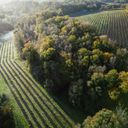
United B: Capture of unavoidable emissions
After avoiding and reducing its carbon emissions, United B is embarking on a project to capture its incompressible emissions from scopes 1 and 2, estimated at 5900 Teq CO₂. The carbon credits are certified by Bureau Veritas and are located in French forests using a methodology adapted to mixed-species forestry with continuous forest cover.

Acer: Restoration of burned forests - Label Bas Carbone
With the Earthion program, Acer has undertaken a profound transformation of its industrial model to reduce its environmental impact. Acer has chosen to participate in a restoration project of the burned forest of Ruaudin, obtaining 1000 carbon credits certified by Label Bas Carbone. A sustainable, traceable, and tangible project, where 6 hectares of forests have been restored.
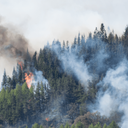
Building your carbon contribution strategy
At the same time as defining its emissions reduction strategy, Mata Capital called on EcoTree to build its strategy for contributing to carbon sinks. The need was to identify the number and type of carbon credits to contribute until 2050. Several training sessions and follow-up meetings were held, as well as the creation of an annual management tool. Mata Capital was able to concretely define the type of projects to be financed as well as the annual quantities to comply with the environmental frameworks. It has also learned how to promote its commitment without resorting to greenwashing.

Reporting requirements
Choose carbon credits that support your climate targets, emissions reporting and transparency requirements.

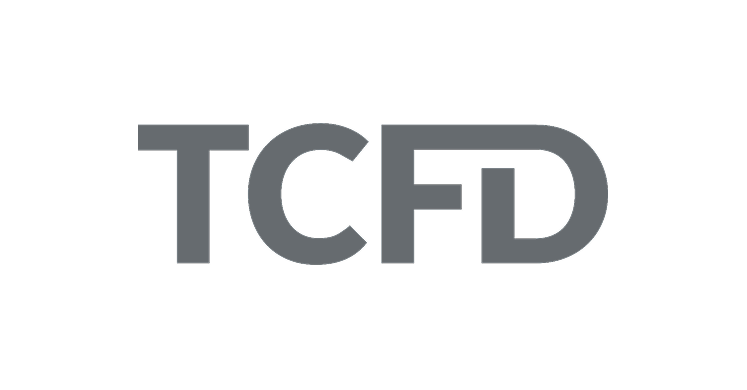
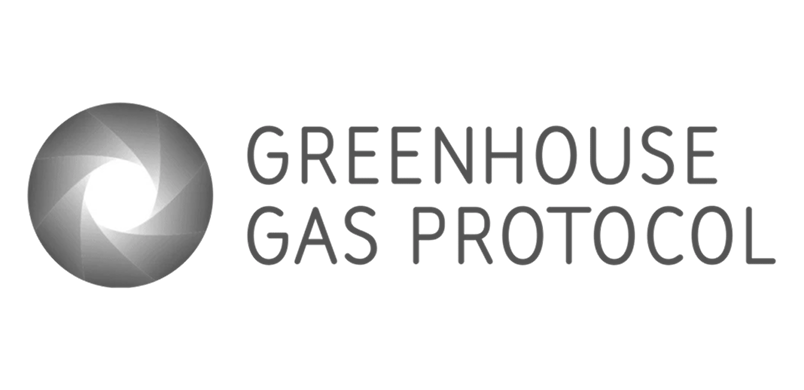
Our guarantees
We guarantee the four main criteria for verified carbon credits.
Additionality
Permanence
Transparency & Measurability
Uniqueness
Calculate your company's carbon footprint
Calculate your company's carbon footprint

FAQ
What is Nature Based Solutions (NBS)?
The term Nature-based Solution (NBS) is used to characterise an active and ambitious participation in the fight against climate change, by doing more than conserving biodiversity. The sustainable maintenance of forests to sequester carbon is a NBS.
How do you select the projects that generate carbon credits?
Project funding is made possible through the renewal of forest stands in poor condition, which, due to decline, have led to or will lead to sanitary cuts, replanting after a fire, etc., or through the afforestation of lands where establishing a mixed forest can substantially increase carbon sequestration while enhancing biodiversity.
To select the right carbon project for you, EcoTree rigorously prioritises projects that:
- Promote diverse enrichment (at least three different species).
- Include commitments to biodiversity (e.g., conserving part of the plot in its natural state or creating old-growth islands; opening or restoring a wetland area; installing beehives and planting nectar-producing trees).
- Emphasise natural regeneration.
- Involve owners committed to mixed continuous cover forestry (ProSilva, AFI members, or those with a management plan oriented in this direction).
- Have actions managed by known and trusted experts or partner managers.
Our projects are designed for long-term sustainability and do not seek short-term profitability, ensuring that your investment is secure and aligned with your environmental goals. Management through continuous cover forestry (SMCC) is necessary for BV carbon credits. Read our white paper on how to select high-quality carbon credits.
What is the Voluntary Carbon Market (VCM)?
In contrast to a regulated market, the voluntary carbon market (VCM) allows companies, private investors or NGOs to voluntarily buy carbon credits to reduce their emissions and, thus, include them in their climate action plan.
Why should you opt for a contribution to carbon offsetting?
While carbon offsetting mechanisms do not necessarily involve reducing CO2 levels in the atmosphere, sequestration projects contribute by capturing and storing carbon sustainably. Read our white paper that answers the 10 most important questions to ask when committing to a carbon contribution strategy.
What makes the methodology developed by EcoTree unique?
Verified by Bureau Veritas, our methodology takes into account the four principles of additionality, permanence, measurability and uniqueness defined by the Voluntary Carbon Market (VCM) and is based on a 100-year forestry management plan. Our carbon methodology is public and accessible directly on our website.
How do trees capture carbon?
Trees capture CO2 from the air through their leaves during the process of photosynthesis. They isolate the carbon molecules, release oxygen and sequester the carbon permanently in their trunks, branches and roots.
Carbon thus represents just under a quarter of a tree's total weight, bearing in mind that around half its density is water.
What are high quality carbon credits?
The carbon credits we issue are from forestry projects meeting the criteria of uniqueness, additionality, permanence and measurability. They are the result of mixed-species forestry with a continuous forest cover, which avoids clear-cutting. All our forests are located in Europe, enabling you to capture part of your emissions as locally as possible. Download our white paper "How to choose high quality carbon credits" to learn more.
What is a carbon sink?
A carbon sink is an ecosystem that captures CO2 and sequesters it over time, absorbing more than it releases, much like the human body that inhales oxygen from the air and retains more than it releases, using it to grow and develop.
Here's everything you need to know about carbon credits.
Take the next step in your climate strategy
Our team is ready to help you find the right certified carbon credits to match your business goals.